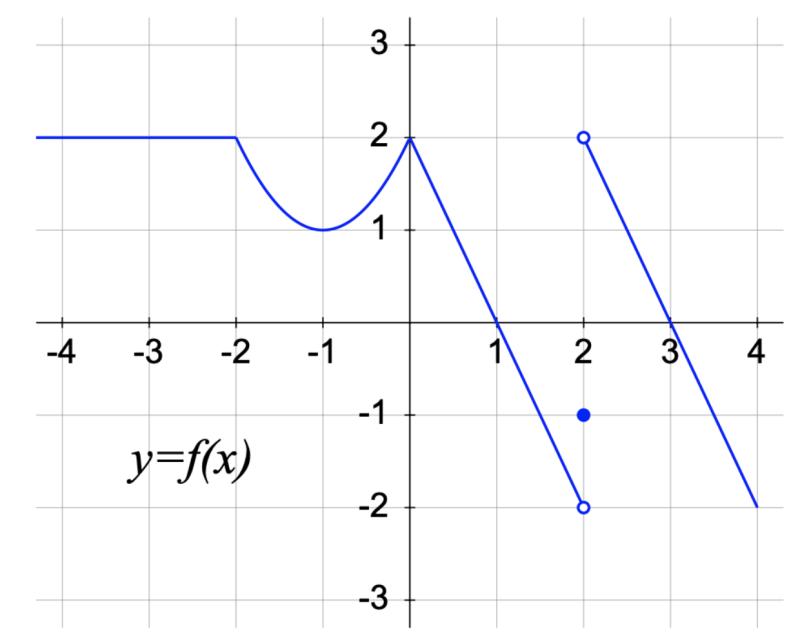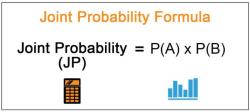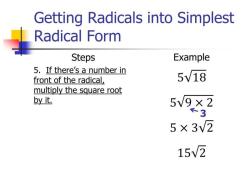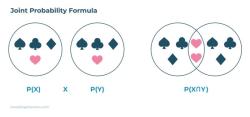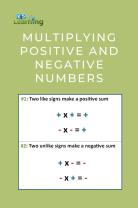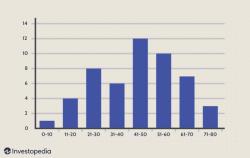How to compute limits?
Computing limits is a fundamental concept in calculus, and it involves determining the behavior of a function as the input approaches a certain value. There are various techniques and approaches to compute limits, depending on the form of the expression and the specific type of limit. Here are some common methods:
Direct Substitution:
- If the expression is defined at the point where the limit is being evaluated, you can simply substitute the value into the expression. This is the most straightforward method. However, it only works when substitution produces a finite result.
Example:You can directly substitute to get .
Factoring:
- If the expression is a fraction, factoring can be a useful technique. Factor the numerator and denominator and see if there are common factors that can be canceled out.
Example:Factor the numerator as and cancel out the common factor, resulting in .
Conjugate Pairs:
- In cases involving square roots, using the conjugate pair can help eliminate radicals. Multiply both the numerator and denominator by the conjugate of the expression.
Example:Multiply numerator and denominator by to eliminate the radical in the numerator.
Rationalizing:
- Rationalizing involves manipulating the expression to eliminate radicals from the denominator.
Example:Multiply numerator and denominator by to eliminate the radical in the denominator.
L'Hôpital's Rule:
- L'Hôpital's Rule is applicable when you have an indeterminate form like or . It involves taking the derivative of the numerator and the derivative of the denominator repeatedly until the limit can be evaluated.
Example:Apply L'Hôpital's Rule by taking the derivative of the numerator and denominator until the limit is determinate.
These are just a few common techniques for computing limits. The choice of method depends on the specific limit problem you are working on, and sometimes a combination of methods may be required. It's essential to be familiar with various techniques and use them appropriately based on the characteristics of the limit expression.
What are the different methods for computing limits in mathematics?
Computing limits in mathematics is a fundamental concept in calculus and analysis, and there are various methods available depending on the complexity of the function and the point of interest. Here's an overview of some common methods:
1. Direct Substitution:
- This is the simplest method, where you directly substitute the point of interest (x-value) into the function and evaluate. However, it only works if the function doesn't have any holes or discontinuities at that point.
- For example, finding the limit of lim_(x->2) (x^2 + 3x - 2) using direct substitution would give us 10.
2. Algebraic Manipulation:
- This method involves simplifying the expression before evaluating the limit. This could involve factoring, canceling common factors, using exponent rules, or applying other algebraic identities.
- For example, finding the limit of lim_(x->3) (x^2 - 9)/(x - 3) involves factoring the numerator as (x-3)(x+3) and canceling the (x-3) term, resulting in the limit of (x+3) which evaluates to 6.
3. L'Hôpital's Rule:
- This rule applies when the direct substitution results in an indeterminate form like 0/0 or infinity/infinity. It involves taking the derivative of both the numerator and denominator and then evaluating the limit again.
- For example, finding the limit of lim_(x->0) (sin(x))/x using L'Hôpital's rule would give us 1.
4. Squeeze Theorem:
- This theorem is used when you can sandwich the function between two simpler functions that have known limits. If the limits of the two simpler functions approach the same value as the point of interest, then the function's limit is also the same value.
- For example, proving that lim_(x->0) (x^2 * sin(x)) = 0 using the squeeze theorem involves sandwiching it between -x^2 and x^2, both of which have a limit of 0 at x=0.
5. Taylor Series:
- This method involves approximating the function using a polynomial around the point of interest. The higher the degree of the polynomial, the more accurate the approximation becomes.
- Taylor series is a more advanced technique used in higher-level analysis and is not commonly used for basic limit calculations.
These are just a few of the many methods used for computing limits in mathematics. The choice of method depends on the specific function and the point of interest. Remember that understanding the concept of limits and their properties is crucial for mastering calculus and other mathematical fields.
Here are some additional resources that you might find helpful:
- Khan Academy's video on strategies for finding limits: https://www.khanacademy.org/math/ap-calculus-ab/ab-limits-new/ab-1-7/a/limit-strategies-flow-chart
- Paul's Online Math Notes on computing limits: https://tutorial.math.lamar.edu/classes/calci/limitsintro.aspx
- MIT OpenCourseware's Calculus course on limits: https://ocw.mit.edu/courses/18-01sc-single-variable-calculus-fall-2010/
I hope this helps! Let me know if you have any other questions.
